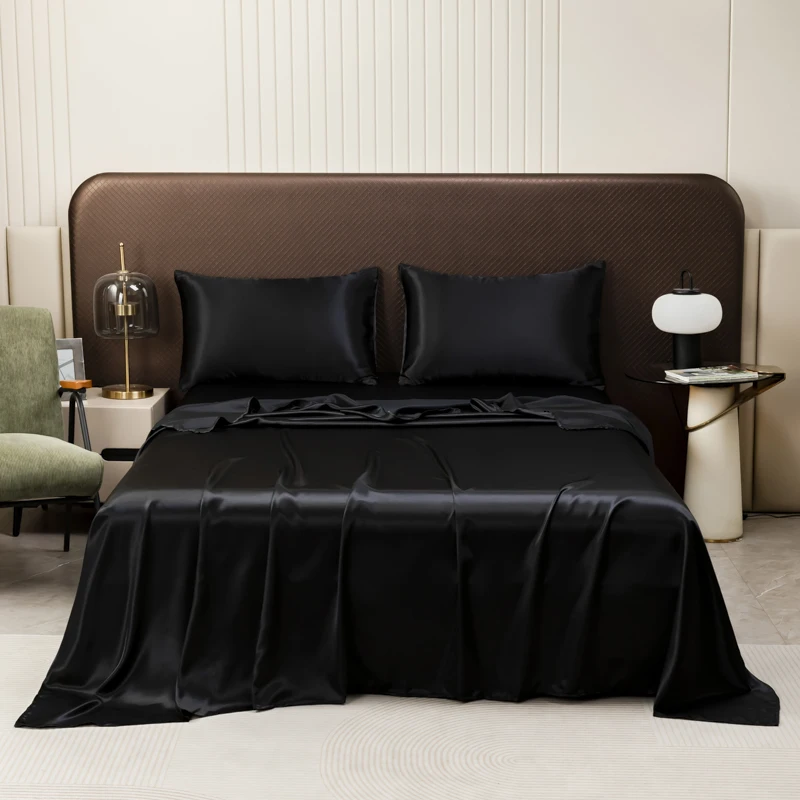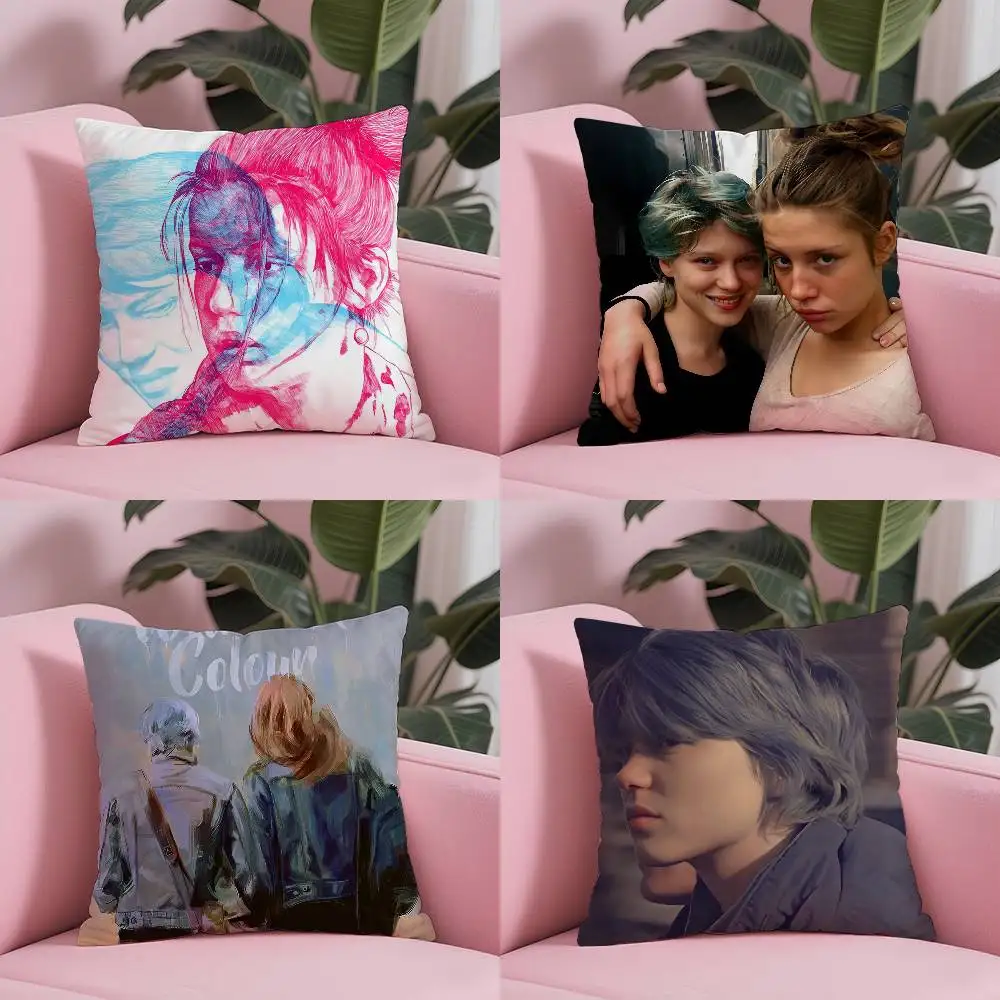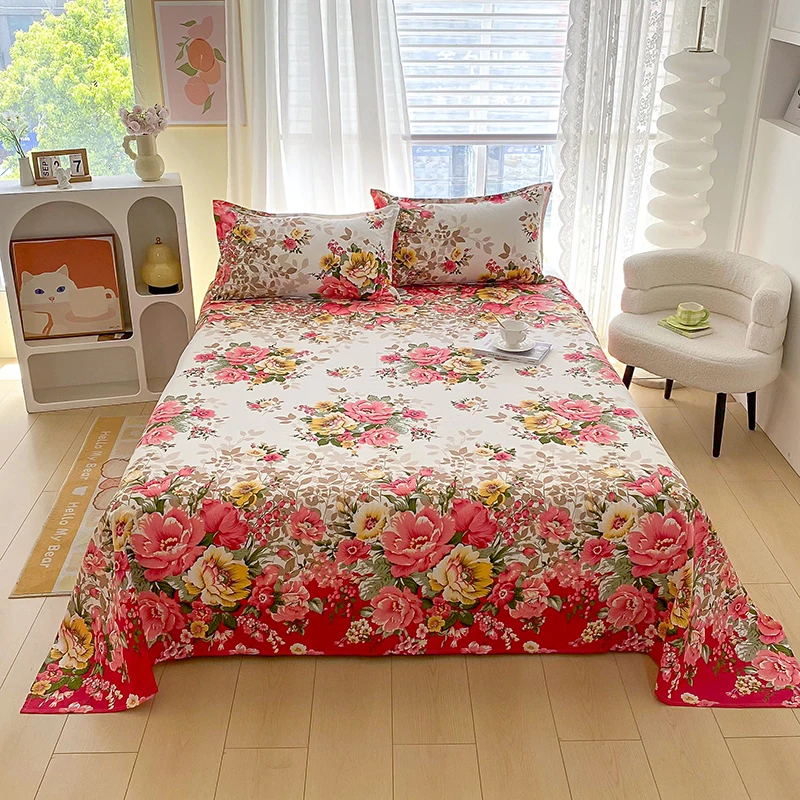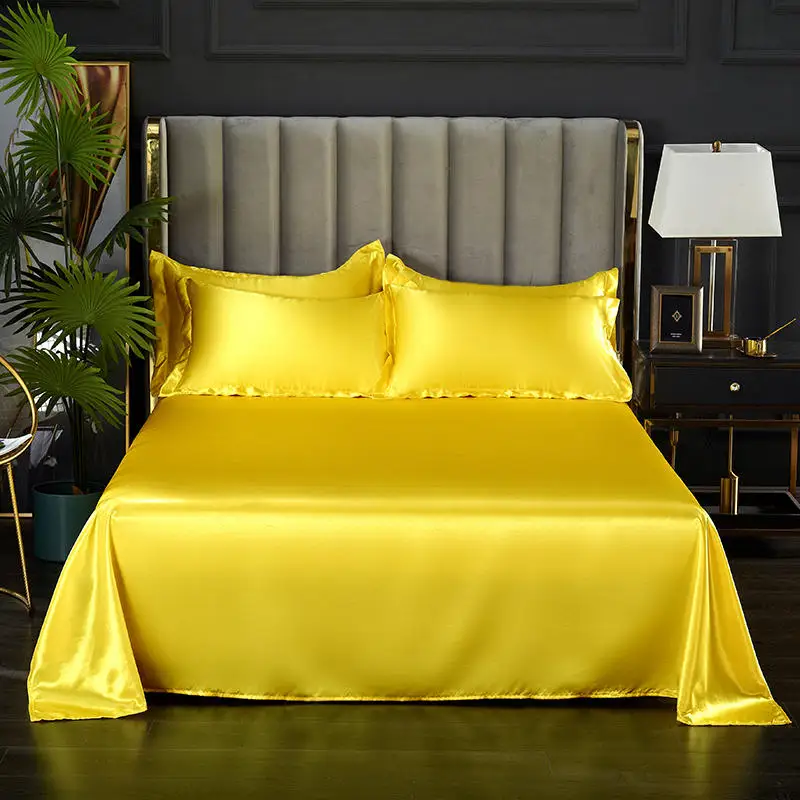Blue is the warmest купить от 300,00 руб.







Blue is the Warmest Color: Understanding the Psychology of the Color Blue
Blue is a color that has been associated with many different things over time, from the sky to the ocean to the color of formal apparel. Recently, however, the color blue has become associated with a new concept: comfort and relaxation. In this article, we will explore the psychology behind the color blue and how it can help us to create more comfortable and relaxing environments.
The Psychology of Blue
The color blue is known for its ability to calm and soothe the mind. Studies have shown that when people see blue, their heart rate slows down and their blood pressure decreases. This helps to reduce stress and anxiety, making blue a popular choice for relaxation and meditation.
In addition, blue has long been associated with the sky, which is often seen as a symbol of peace and tranquility. The color blue also has a soothing effect on the brain, making it easier to focus and concentrate on tasks. This can be beneficial for those who work in demanding environments or need to be productive.
The Effect of Blue on Mood
Another important aspect of blue is its effect on mood. Studies have found that people who spend more time in blue-themed environments, such as blue rooms or blue-themed spaces, report feeling happier and less stressed. This may be due to the fact that blue encourages relaxation and calmness, which in turn leads to a positive mood.
Furthermore, research has shown that blue can be a powerful color for promoting creativity and productivity. Blue can reduce distractions and encourage focus, making it an ideal color for work spaces.
Conclusion
In conclusion, blue is a powerful color that can have a significant impact on our mood and well-being. Whether you're looking for a way to relax or boost productivity, blue can help you achieve your goals. So, if you're planning on decorating your home or office space, consider using blue as a primary color to create a calming and inviting atmosphere.
Blue is a color that has been associated with many different things over time, from the sky to the ocean to the color of formal apparel. Recently, however, the color blue has become associated with a new concept: comfort and relaxation. In this article, we will explore the psychology behind the color blue and how it can help us to create more comfortable and relaxing environments.
The Psychology of Blue
The color blue is known for its ability to calm and soothe the mind. Studies have shown that when people see blue, their heart rate slows down and their blood pressure decreases. This helps to reduce stress and anxiety, making blue a popular choice for relaxation and meditation.
In addition, blue has long been associated with the sky, which is often seen as a symbol of peace and tranquility. The color blue also has a soothing effect on the brain, making it easier to focus and concentrate on tasks. This can be beneficial for those who work in demanding environments or need to be productive.
The Effect of Blue on Mood
Another important aspect of blue is its effect on mood. Studies have found that people who spend more time in blue-themed environments, such as blue rooms or blue-themed spaces, report feeling happier and less stressed. This may be due to the fact that blue encourages relaxation and calmness, which in turn leads to a positive mood.
Furthermore, research has shown that blue can be a powerful color for promoting creativity and productivity. Blue can reduce distractions and encourage focus, making it an ideal color for work spaces.
Conclusion
In conclusion, blue is a powerful color that can have a significant impact on our mood and well-being. Whether you're looking for a way to relax or boost productivity, blue can help you achieve your goals. So, if you're planning on decorating your home or office space, consider using blue as a primary color to create a calming and inviting atmosphere.
Каталог Blue is the warmest (color makes)
Цена: 1029 Руб. 12.81$
Бесплатная доставка
Цены актуальны на 2025-08-31 01:14:26
Цена: 595 Руб. 7.41$
Бесплатная доставка
Цены актуальны на 2025-08-31 01:14:26
Цена: 471 Руб. 5.87$
Бесплатная доставка
Цены актуальны на 2025-08-31 01:14:26
Цена: 829 Руб. 10.33$
Бесплатная доставка
Цены актуальны на 2025-08-31 01:14:26
Цена: 740 Руб. 9.22$
Бесплатная доставка
Цены актуальны на 2025-08-31 01:14:26
Цена: 1352 Руб. 16.84$
Бесплатная доставка
Цены актуальны на 2025-08-31 01:14:26
Цена: 377 Руб. 4.7$
Бесплатная доставка
Цены актуальны на 2025-08-31 01:14:26
Цена: 900 Руб. 9.73$
Бесплатная доставка
Цены актуальны на 2025-08-31 01:14:26
Цена: 773 Руб. 8.01$
Бесплатная доставка
Цены актуальны на 2025-08-31 01:14:26
Цена: 278 Руб. 3.43$
Бесплатная доставка
Цены актуальны на 2025-08-31 01:14:26
Цена: 400 Руб. 4.99$
Бесплатная доставка
Цены актуальны на 2025-08-31 01:14:26
Цены актуальны на 2025-08-31 01:14:26
Цена: 984 Руб. 12.34$
Бесплатная доставка
Цены актуальны на 2025-08-31 01:14:26
Цена: 805 Руб. 9.43$
Бесплатная доставка
Цены актуальны на 2025-08-31 01:14:26
Цена: 812 Руб. 10.12$
Бесплатная доставка
Цены актуальны на 2025-08-31 01:14:26
Цена: 3975 Руб. 49.49$
Бесплатная доставка
Цены актуальны на 2025-08-31 01:14:26
Цена: 1767 Руб. 22$
Бесплатная доставка
Цены актуальны на 2025-08-31 01:14:26











